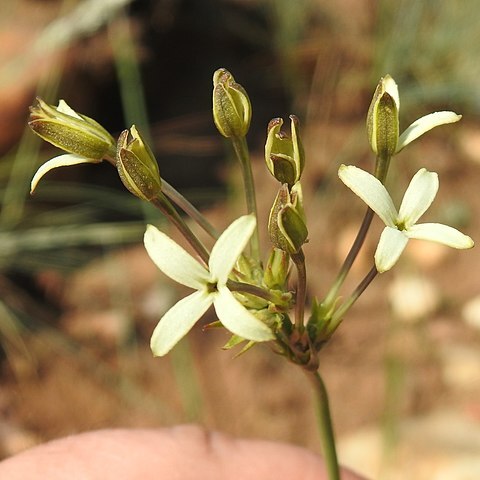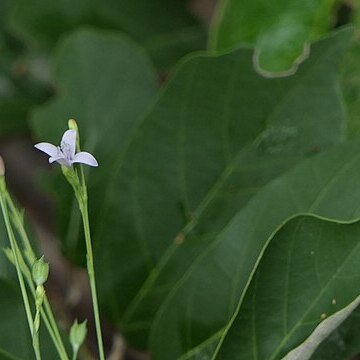Flowers hermaphrodite, 4-(rarely 3-or 5-) merous, medium to small, stigmas and anthers always included in the corolla tube, never heterostylous, in terminal thrysic, sometimes corymbose, extensive panicle-like, subcapitate or capitate inflorescences, occasionally rather few-flowered; subtending bracts at the base ± leaf-like reduced gradually to small triangular rudiments towards the top of the partial inflorescence branches.
Leaves sessile, opposite, mostly linear to narrowly elliptic-lanceolate, apex ± acute, midrib prominent below, rarely 3-nerved from the base; stipular sheath ± membranaceous, produced either into 1 or 2 ± fimbriated triangular lobes becoming narrower and often displaced towards leaves in apical parts or into 2–8 fringing ± subulate rigid fimbriae.
Corolla tube narrowly cylindrical, with dilated barrel-shaped or more rarely narrowly funnel-shaped apical part; entrance to and throat inside glabrous or bearded with short flattened papillate hairs; corolla lobes broadly elliptic to narrowly linear, completely parted or shortly fused at the base, acute, sometimes mucronate or apiculate.
Calyx tube mostly ovoid, ovoid-elliptic to globose, occasionally hemispherical; calyx lobes 4 (5), small, (±) equal, narrowly triangular, subulate or ovate-lanceolate, sometimes keeled.
Style glabrous either bearing 2 filiform stigmatic lobes or a single fused cylindrical or ovoid stigma; stigma usually held well below the anthers or occasionally just touching anthers.
Capsules hemispherical, globose, subglobose or ellipsoid, crowned by the permanent calyx lobes, splitting loculidally at the top, beak not conspicuous.
Stamens contained within the upper dilated portion of the tube, completely included or only sterile anther connectives emergent; anthers ± sessile.
Annual or perennial mostly erect herbs, occasionally subshrubs, more rarely dwarf shrubs, sometimes with short woody subterranean stems.
Ovary bilocular with numerous ovules embedded in a fleshy peltate placenta attached by a short stalk to the middle of the septum.
Seeds numerous, roundish, angular or conical to subconical, light brown to blackish.


